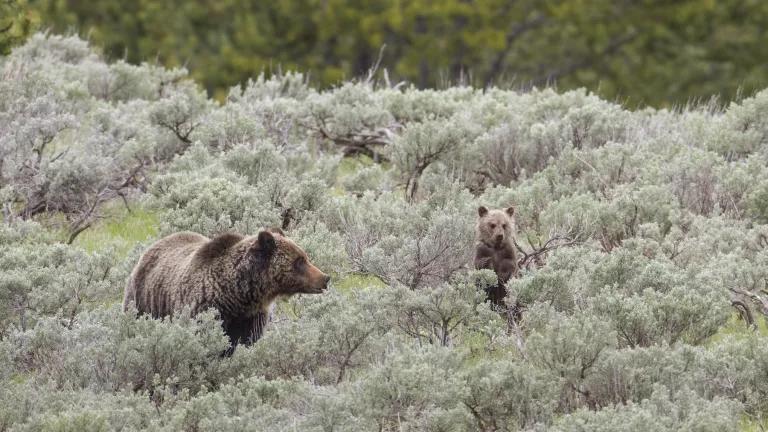It's Time to Stop the "Silent Extinction" of Giraffes

Source: WWF Wildlife Trade Tracker, http://wildlifetradetracker.org/?db=lemis.
It’s World Giraffe Day, and NRDC is hard at work to prevent what many are calling the “silent extinction” of these iconic animals. Many people don’t know the sad reality that giraffe populations have declined more than 40 percent in just the past 30 years, with fewer than 100,000 remaining in isolated, fragmented populations across Africa.
Over a year ago, NRDC and our partners at the Humane Society International (HIS), the Center for Biological Diversity, the International Fund for Animal Welfare (IFAW), and the Humane Society of the United States (HSUS), filed a petition urging the Fish and Wildlife Service to list giraffes as an endangered species under the U.S. Endangered Species Act. The Service was supposed to say whether giraffes “may warrant” listing within 90 days, but it’s way behind schedule. We call on the Service to honor World Giraffe Day by deciding what we already know, that giraffes warrant listing, as soon as possible. We owe it to these wonderous creatures not to delay the listing process another day.
Scientists disagree about the classification of giraffes, but the consensus for the time being is that there is one species of giraffe and nine subspecies: West African, Kordofan, Nubian, reticulated, Masai, Thornicroft’s, Rothchild’s, Angolan and South African. Several of the subspecies, most notably the West African giraffe, the Nubian giraffe in Ethiopia and South Sudan, and the Thornicroft’s giraffe in eastern Zambia, are critically endangered.
The United States is a big part of the problem, importing almost 40,000 giraffe products over the past decade, including more than 21,400 bone carvings, 3,855 skins and skin pieces and 3,700 hunting trophies. Rugs, pillows, knife handles, and myriad other products made from giraffe skins and bones can be found for sale all over the internet, not to mention gruesome photos of giraffes killed for sport by American hunters.
An endangered listing under the ESA would help giraffes by prohibiting most imports and sales of giraffes and giraffe products into the United States and reducing the number of giraffes that can be imported by trophy hunters. And, just as importantly, it would draw attention to the plight of giraffes, which has gone largely unnoticed by the world community until recently.
It’s hard to imagine the African landscape without giraffes. With their graceful, long necks and their distinctive markings, giraffes are among the most extraordinary animals on the planet. NRDC and its partners will continue to fight for protections for giraffes, both in the United States and internationally, before it’s too late. Stay tuned to NRDC.org and our social media channels to learn about ways you can help!



